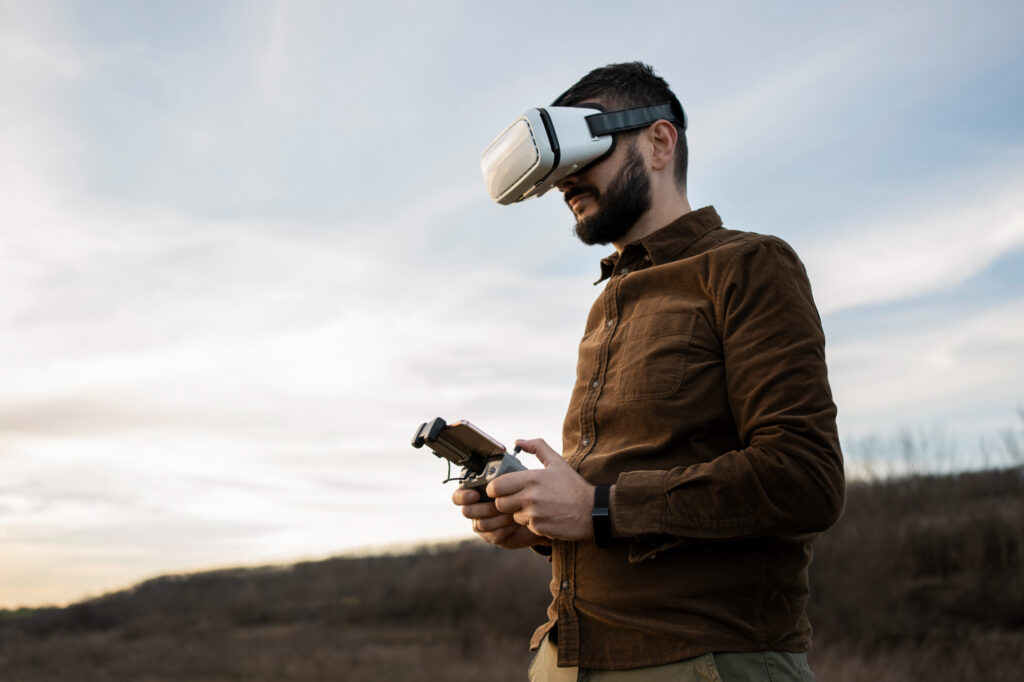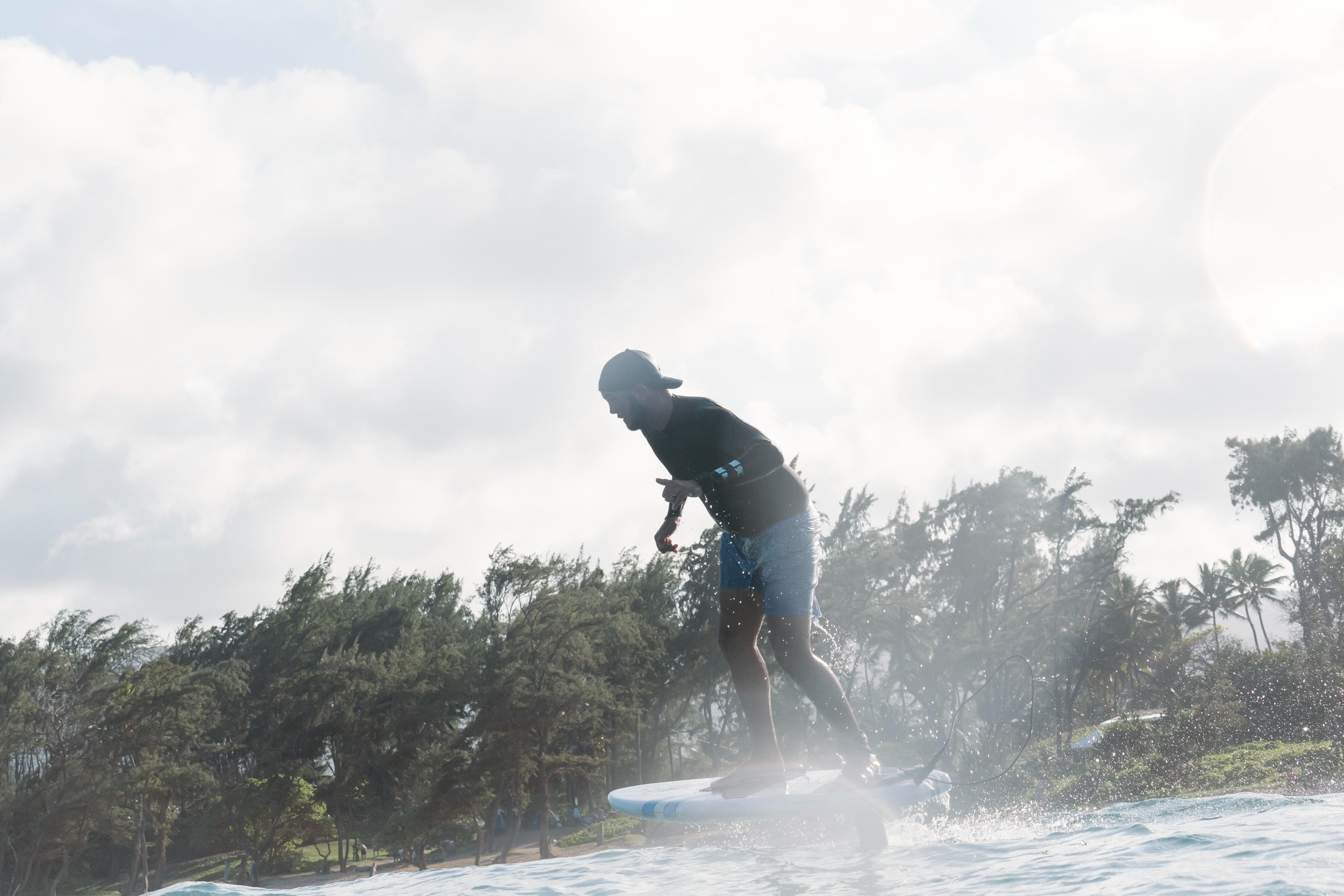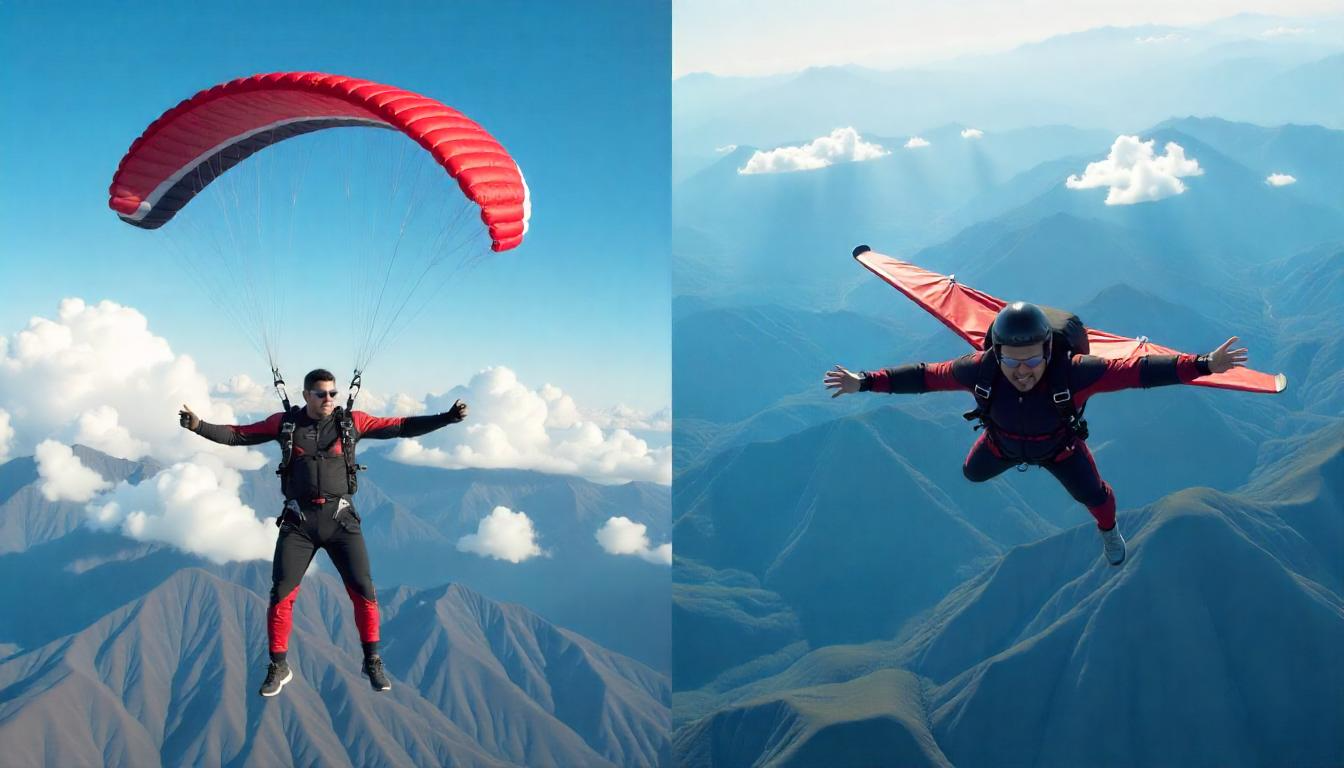Extreme sports offer a lot of excitement but come with significant risks. Activities like skydiving, rock climbing, and surfing can lead to injuries. Luckily, recent advancements in extreme sports technology have improved safety for participants. Better safety gear and devices help athletes face challenges with more confidence. Wearable tech for sports is essential for safety. Smart helmets can monitor vital signs and detect impacts, sending alerts to emergency services or friends if someone falls. GPS tracking for sports devices track locations in real time, making it easier to find someone in distress.
Communication tools are also crucial. Portable radios and smartwatches keep athletes connected even in isolated areas. This link is important for calling for help quickly if needed. Some devices include emergency response systems like SOS buttons that signal for rescue when cell service is unavailable. Sports safety gear has improved greatly. New materials are lighter yet stronger, offering better protection without compromising comfort. This gear absorbs shock from falls. Clothing technology, such as moisture-wicking fabrics, helps athletes stay dry, reducing the risk of hypothermia in cold weather. Drones are becoming popular too. They can monitor athletes from the air, providing real-time visuals of the surroundings and spotting hazards like unstable ground or severe weather. Drones also aid in search and rescue efforts, making it easier to locate missing or injured people.
Training methods have evolved with technology as well. VR training for sports and simulations give athletes a safe place to practice skills and techniques without real risks. This builds confidence and prepares them for real-life situations. Data-driven sports approaches have greatly improved safety in extreme sports. Smarter gear and better communication tools help mathletes reduce risks, allowing them to enjoy their favorite activities with greater peace of mind. The mix of innovation and passion keeps extreme sports exciting and safe.

Real-Time Location Tracking and Emergency Response

GPS devices and wearables: Real-time location tracking and emergency response is vital for safety in various situations. GPS devices and wearables play a crucial role in tracking your location accurately. These devices, which include smartwatches, smartphones, and specialized trackers, use satellite signals to determine your exact position. This information becomes essential when an accident occurs, making it easier for rescue teams to reach you quickly.
SOS Functions: Many of these devices come equipped with SOS functions. When you face an emergency, pressing an emergency button can send an alert. This alert goes to pre-set contacts or local emergency services. It automatically includes your GPS coordinates, ensuring that help knows where to find you.
Two-Way Communication: In addition to location tracking and SOS features, some devices offer two-way communication. This allows you to speak directly with emergency responders or your contacts. You can ask for help, give updates on your condition, or provide other important details. This ability enhances the overall effectiveness of emergency responses, ensuring that your needs are met promptly. The combination of real-time tracking, SOS alerts, and two-way communication significantly improves safety measures during emergencies.
Environmental Monitoring and Risk Assessment

Weather Forecasting Apps: Environmental monitoring and extreme sports risk mitigation play a crucial role in keeping outdoor enthusiasts safe and informed. Weather forecasting apps provide real-time updates about current conditions and forecasts. Users can input a specific location to get tailored information. These apps warn about hazardous weather situations like thunderstorms, avalanches, or strong winds. This knowledge helps users plan their activities and avoid dangerous scenarios.
Tide and Wave Prediction Apps: Tide and wave prediction apps are vital for those interested in water sports, such as surfing, kiteboarding, and stand-up paddleboarding. These apps deliver precise information on tides and wave heights, which is essential for planning sessions. Knowing the expected conditions reduces the chances of facing unforeseen challenges. This information helps improve safety and enhances the overall experience while engaging in water sports.
Avalanche Risk Assessment Tools: For backcountry skiers and snowboarders, avalanche risk assessment tools are invaluable. Specialized apps and online resources give timely updates on avalanche risks in specific areas. By using this data, outdoor adventurers can evaluate the safety of their chosen routes. Understanding avalanche risks allows users to make educated choices about where to ski or snowboard. These tools provide necessary guidance that can protect lives.
Enhanced Equipment and Safety Gear

Smart Helmets: Extreme sports safety tech is exemplified by smart helmets. These helmets come with built-in sensors and impact detection technology. They monitor any hard hits to the head during activities like skiing or mountain biking. If a serious impact occurs, the helmet can automatically alert emergency responders for quick assistance. This feature adds an important layer of safety, especially in remote locations.
Airbag Systems: Another critical piece of sports safety gear is the backcountry airbag system. These systems can be triggered either manually or automatically when a person is caught in an avalanche. They inflate quickly to create a cushion of air around the individual. This can greatly reduce the risk of serious injury from being buried under snow. By keeping the user closer to the surface, it enhances the chances of survival in dangerous conditions.
Wearable Cameras and Sensors: Wearable cameras and sensors have become essential tools for outdoor enthusiasts. These devices record valuable data while users are active. Information like speed, altitude, and heart rate can be captured in real time. This data helps individuals better understand their performance during activities. It can also highlight potential risks by showing patterns of behavior or unexpected changes. With this knowledge, users can make informed choices about their safety and performance in the field. Overall, these innovations in equipment and safety gear are transforming how people engage with outdoor sports, creating safer and more enjoyable experiences.
Virtual Reality (VR) Training and Simulation

Skill Development and Risk Mitigation: VR training for sports provides comprehensive benefits to athletes in various sports. One major advantage is skill development and risk mitigation. VR technology creates a safe and controlled space where athletes can practice their techniques without the fear of injury. This setup allows them to focus on perfecting their movements and strategies. They can repeat drills and refine their skills with ease, enhancing their performance in real-life situations.
Scenario-Based Training: Another significant benefit of VR is scenario-based training. The technology can recreate challenging environments, such as navigating through whitewater rapids or responding to avalanche threats. These simulations expose athletes to realistic conditions they may face in actual events. By training in these virtual scenarios, athletes can learn to make quick, informed decisions under pressure. They develop critical thinking skills that are essential for responding to emergencies effectively. The combination of skill practice and scenario-based learning ensures athletes are well-prepared for their sports. They gain valuable experience that contributes to both their performance and safety. Overall, VR training represents a powerful tool for improving athletic capabilities while reducing the risk associated with traditional training methods.
Community and Social Networks
Sharing Information and Best Practices: In the world of extreme sports, community and social networks play a crucial role. Online platforms and social media groups serve as vital connections for sports enthusiasts who share a passion for adrenaline-fueled activities. These spaces provide a place to exchange important information and best practices. Participants can share helpful safety tips that are essential for preventing accidents and injuries. Additionally, users can relay valuable local knowledge, which often includes insights on the best spots for activities, hidden risks, and necessary gear. Real-time updates about weather conditions and potential hazards also flow through these networks, helping everyone stay informed and ready for their next adventure.
Building a Support Network: Beyond just sharing information, these platforms also foster the building of support networks. Individuals can connect with experienced athletes, guides, and rescue professionals who have been through numerous situations. These seasoned experts offer a wealth of knowledge, helping newcomers navigate the challenges of extreme sports safely. By engaging with these communities, athletes can ask questions, seek advice, and gain confidence in their skills. This support network not only enhances personal growth, but it also creates a sense of belonging. Being part of a group with shared interests often leads to lifelong friendships and partnerships, enriching the overall experience of participating in extreme sports.
Continuous Innovation and Development
Emerging Technologies: Continuous innovation and development are vital for improving safety in extreme sports. New technologies are key to this progress. Research teams are working on tools and methods to enhance safety measures, changing how athletes and organizers handle risks. Artificial intelligence is one exciting development. AI can analyze data to spot potential dangers in different activities. It assesses weather patterns, monitors athlete performance, and provides real-time suggestions. This creates a safer environment for those involved. Another major advancement is in drone technology. Drones are designed for rescue operations, giving quick access to hard-to-reach spots. They offer immediate help in emergencies and can survey large areas to find injured athletes faster than traditional methods. These innovations are promising. With ongoing research, the extreme sports community can expect safer and more enjoyable experiences. As technology improves, the chances of reducing risks increase. The future of sports technology is bright, thanks to advancements in technology and a focus on athlete protection.
Conclusion
Technology is transforming safety in extreme sports, enabling athletes to pursue their passions with greater confidence. From smart helmets and GPS devices to virtual reality training, these advancements make a significant impact. Enhanced communication tools and real-time tracking ensure quick responses during emergencies. As technology continues to evolve, the potential for safer experiences in extreme sports grows. Embrace these innovations, including the latest in extreme sports safety tech, to enjoy your adventures while minimizing risk. Be informed, Be safe, and keep reaching the new heights.




